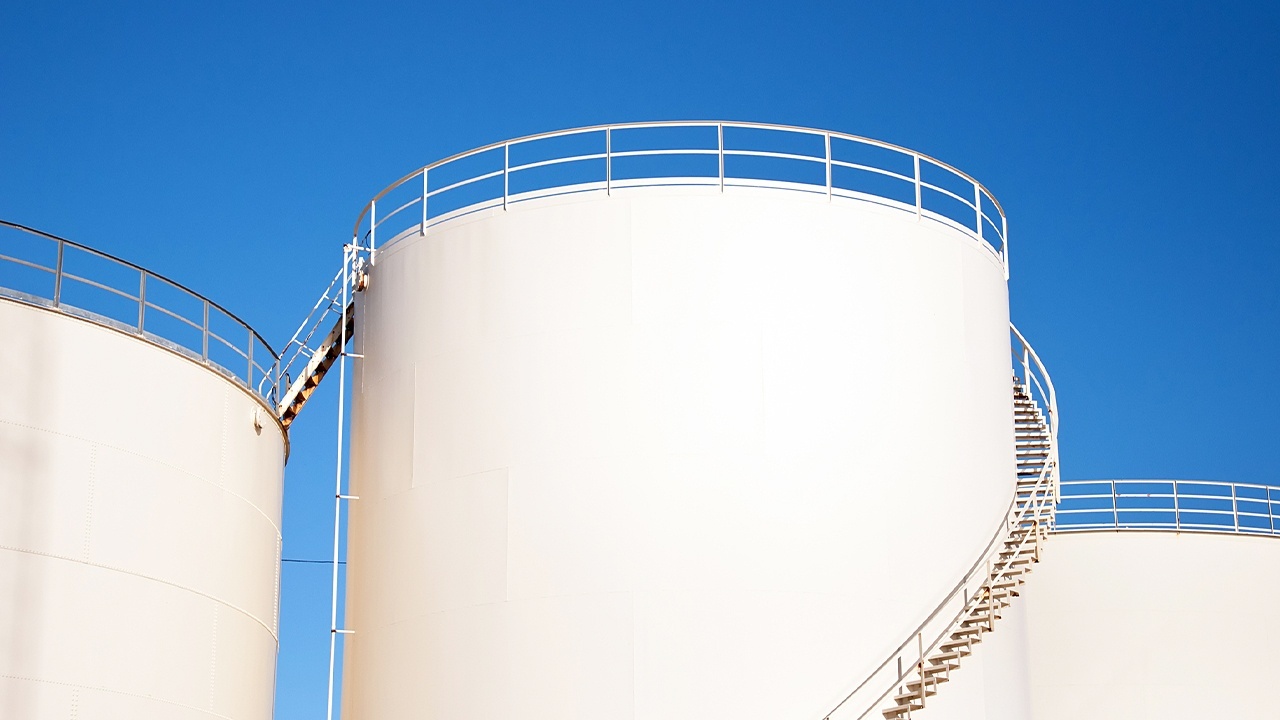Large storage tanks, such as those used in the petroleum industry, may look simple on the outside, but they are actually impressive feats of engineering. These structures, which can hold massive amounts of often volatile liquids, need to be designed to extremely high safety and environmental standards.
If you’re considering studying engineering design technology with a process piping specialization, you’ll learn about designing storage tanks. These fascinating structures are an example of how the skills you’ll learn during training have important implications in the real world. As you continue on your journey towards a lucrative and fulfilling career, here’s a look at how your training will prepare you for designing storage tanks.
Process Piping Training Exposes You to API Standards for Storage Tanks
Most large storage tanks are built according to standards set by the American Petroleum Institute (API). These standards govern various aspects of storage tank design, such as the thickness of the tank walls, whether they should be welded, bolted, or riveted, the construction materials used, the size of the tank, and the inspection requirements.
API standards are so widely used for designing storage tanks that they have become shorthand for various types of storage tanks. For example, a steel low-pressure storage tank with a diameter typically larger than 300 feet is often referred to as an API 620. An API 650, meanwhile, refers to tanks designed for oil storage at low pressure. Your process piping drafting courses will cover API standards and their fundamental importance in storage tank design.
A Process Piping Diploma Program Shows How Design Is Affected by Materials Stored
Materials stored in tanks can be highly volatile or they may need to be stored at certain temperatures. Characteristics of the material being stored will often determine the tank’s design. For instance, a lot of consideration typically goes into the design of the tank’s roof. A fixed roof, for example, is good at holding products that are not overly volatile and it will protect the product from evaporation and contamination. However, the space between the liquid and the roof can become filled with combustible gases if the tank is storing certain volatile products. If these gases build up, they can create an explosion hazard.
One solution to this problem is a floating roof tank where the roof rises or falls along with the liquid level. This design prevents combustible gases from building up and protects the product from evaporation and contamination. As part of your process piping diploma program you will learn about the many different aspects of storage tank design that are determined by the characteristics of the stored product.

Tank Maintenance Accessibility Is an Important Topic Covered in Your Courses
Maintenance accessibility is another important consideration when designing tanks. On a floating roof tank, for example, the floating roof needs to be designed with legs so that it doesn’t reach all the way to the floor of the tank when the tank is emptied. These legs create a space for workers to enter the tank so that they can perform cleaning and maintenance.
Manholes, access ladders, drains, relief valves, and gauging hatches are just a few of the other safety and maintenance features that must be taken into account when designing large storage tanks. During process piping training you will learn about maintenance accessibility so that you can design storage tanks that are safe, functional, and easy to maintain.
Are you ready to pursue process piping training?
Your career awaits.



